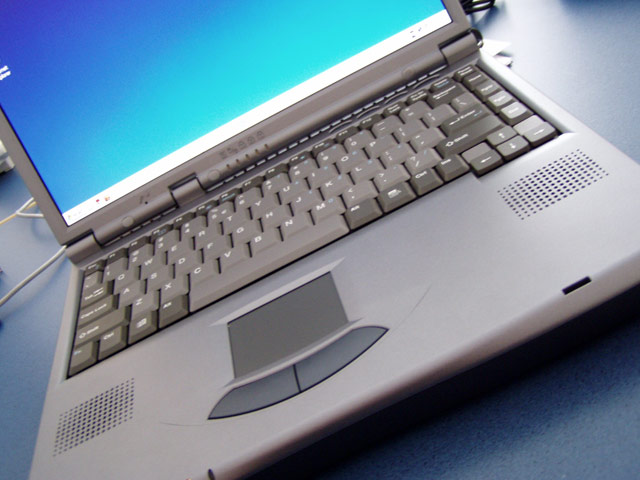New Technology Allows Wireless Recharging

In the future, we might recharge electronics the same way many people now surf the web: wirelessly.
Marin Soljacic, a researcher from the Massachusetts Institute of Technology, often forgets to recharge his cell phone. At times he is awakened by that last breath of electronic power that comes through as an unpleasant beep before the phone goes into sleep land itself.
“So, one night, at 3 a.m., it occurred to me: Wouldn't it be great if this thing charged itself?" Soljacic said.
The idea of wireless energy transfer is not a new one. Researchers have known that wires don’t always need to be in contact for electric power to get transferred.
Electric motors and power transformers contain coils that transmit energy to each other by the phenomenon of electromagnetic induction. This phenomenon was discovered by English scientist Michael Faraday, who found out that a changing magnetic field induces a current in a nearby circuit.
So, a current running in an emitting coil induces another current in a receiving coil; the two coils are in close proximity, but they do not touch.
Scientists then discovered electromagnetic radiation in the form of radio waves.
Sign up for the Live Science daily newsletter now
Get the world’s most fascinating discoveries delivered straight to your inbox.
Radio waves, and microwaves, could be used to transfer energy, and then get picked up with antennas. But these types of energy transfer are not very safe or efficient because the waves spread in all directions and so most of the energy is lost to the surrounding.
Soljacic and colleagues, however, suggest using a power transmitter to fill the space with a “non-radiative” electromagnetic field.
A “non-radiative” electromagnetic field is a state of electric and magnetic fields which are localized someplace on the device and in the source, said John Joannopoulos, a researcher from MIT. “Localized means that electromagnetic fields will die off as you go away from the device or the source.”
The energy could then be picked up by especially designed gadgets. What's not picked up by the receiver is then reabsorbed by the emitter.
It’s not dangerous at all, Joannopoulos told LiveScience.
The technology will initially have a short range at first, the researchers expect. A laptop could be recharged within a few yards of the power source.
The work was detailed today at the 2006 American Institute of Physics Industrial Physics Forum (IPF), in San Francisco, CA.










